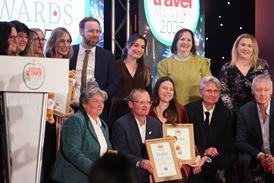STO’s editor Keeley Rodgers heads to Flanders in Belgium to find out what’s new for school groups.
Looking across beautiful countryside, fields that seem to go on forever, vibrant against the blue sky and lit up by the sunshine, it’s hard to imagine how different these landscapes were, not too long ago.
“Now it all looks peaceful and beautiful but back then it was hell, it was all mud,” our guide Jurgen Sinnesael explains.
We are standing next to the Scottish Memorial, located on the Frezenberg Ridge looking at the view of the highest point of the salient. Just 100 years ago during World War One, this view would have been unrecognisable. The fields in front of us witnessed bloody battles in which so many lost their lives.
More than a century on, this year’s theme for the region in Belgium is Landscapes | Feel Flanders Fields telling the story of Westhoek as a final resting place. Running from April this year until next August, there’s a special programme of events, exhibitions and experiences for schools to get involved with.
Starting in Ypres
Our itinerary began at the fascinating In Flanders Fields Museum located in the rebuilt Cloth Hall in Ypres, which is the ideal starting point as an introduction to the area.
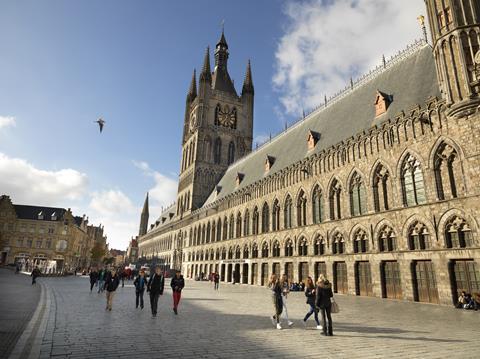
Its permanent exhibition tells the history of World War One in Belgium in a moving and yet accessible way. What stood out for me was the personal stories you can follow, finding out about the impact that war had on individuals with specially adapted stories for children.
There are many moving displays showing all aspects of the war, stories bought to life with audio and video throughout. The museum has a brilliant education department with various activities available for pupils aged 10-18 to use before, during and after a visit. School groups can also opt for an educational guide to take them through the museum.
New offer for schools
In Flanders Fields Museum is running The Salient Illustrated school tours from September. Starting with a guided tour of the museum, they visit British memorial sites including the redeveloped ‘Yorkshire Trench & Dugout’. Drawings by the British cartoonist Dave Chisholm help children engage and understand the war landscape.
The museum’s temporary exhibition during the landscapes-themed year, For Evermore runs until February 2024 and explores more than 200 cemeteries of Flanders from different perspectives including their architecture and design.
Curator Dominiek Dendooven explained why it’s worth visiting several in the area: “Because each cemetery has its own story to tell. They’re not only places charged with history, they’re also very beautiful.”
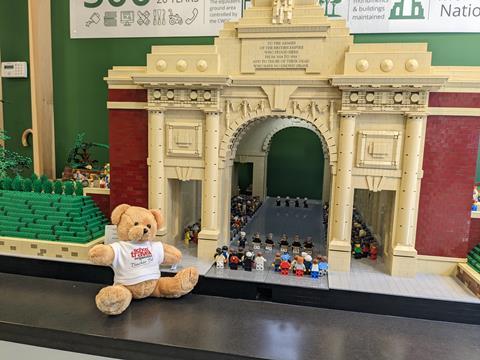
From the museum, it’s a short walk to the Commonwealth War Graves Commission which has a new Witnesses in the Landscape display until August 2024 featuring education resources such as activity booklets taking children on a fact-finding mission.
They’ll also love seeing the remarkable Lego Menin Gate Memorial which uses approximately one Lego brick for each name engraved on the famous memorial (a moving 54,000).
Reflection points - Passchendaele Museum
The peaceful surroundings of the Memorial Museum Passchendaele 1917 are even more poignant when you learn about the horrors of the Battle of Passchendaele.
Through authentic letters, uniforms, video clips and a replica dugout and trenches, it’s an essential visit for school groups. Until November next year, there are reflection points in the park surrounding the museum that recall the tragedies that took place there.
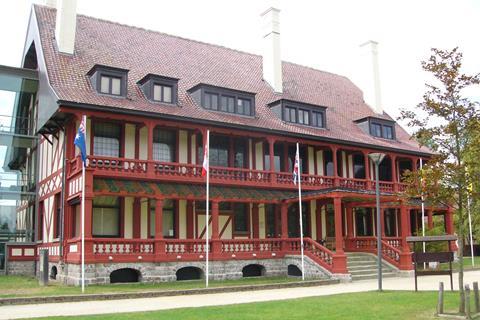
Inside the museum, there’s a particular emphasis on the Battle of Passchendaele as you’d expect. Known as one of the most horrific from World War One, there were almost 600,000 casualties for the frontline to move just eight kilometres. There are various interactive elements throughout the museum, ideal for school groups to learn about the history in an accessible way.
Younger groups can go on tour with Lisa, her nephew Louis and their little friend Maurice on their own discovery of the museum.
No visit to Ypres is complete without experiencing the Last Post ceremony at the real Menin Gate. It’s undergoing a restoration programme ready for the centenary in 2027 so the ceremony is taking place slightly further along the bridge. We saw various school groups from across the world taking part in and witnessing the important tradition which takes place at 8pm every day.
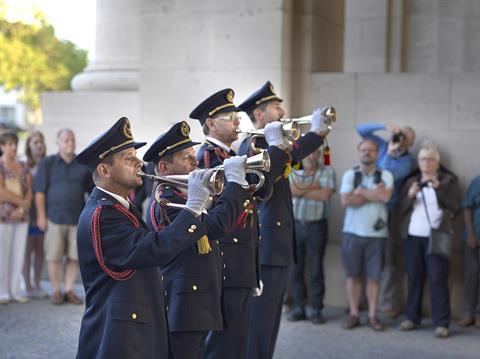
To have so many people in one place, all silent, to witness the ceremony is moving in itself. You could hear a pin drop. So much organisation goes on behind the scenes to make sure the tradition carries on throughout the years - a real testament to just how important it is to never forget those who gave so much for the freedom we have today.
Bringing history to life
One of the highlights of our visit was the intriguing Talbot House in Poperinge. Its incredible history as a safe haven for more than half a million soldiers during World War One is bought to life by a very passionate team of staff and volunteers. Manager Simon Louagie, who clearly lives and breathes Talbot House, took us through their new display, Talbotousians, In War & Peace, which explores how the legacy of founder Tubby Clayton has lived on.
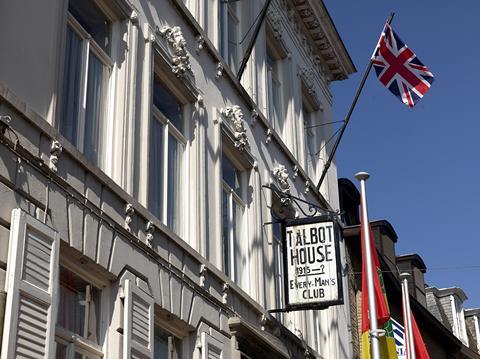
School groups are encouraged to experience Talbot House, as a home from home, to feel it as it was a century ago, enjoying the garden, old piano and even a cup of British tea. There are story tours available as well as workshops, various itineraries and an educational room which teachers can use for free.
It’s a wonderful place with so much history and so many memories; Simon and the team have done a fantastic job in preserving Tubby’s legacy. There’s a fantastic sense of community and camaraderie still today and the house is as it was more than a century ago.
Making our way up the stairs to the Upper Room, you reach the beautiful chapel, which is very calming and welcoming. We even had a rendition on the old keyboard from Simon.
There’s so much for school groups at Talbot House; they can even hold a service or reflection in the chapel and experience where the soldiers came to find the courage they needed to face tomorrow.
Meet the Hooge Boys
During the pandemic, the family-run Hooge Crater Museum, along with every other, was forced to close to visitors. But Ilse and Niek’s sons, Arthur and Louis, decided they were going to try and ‘bring’ the museum to children while they couldn’t visit in person.
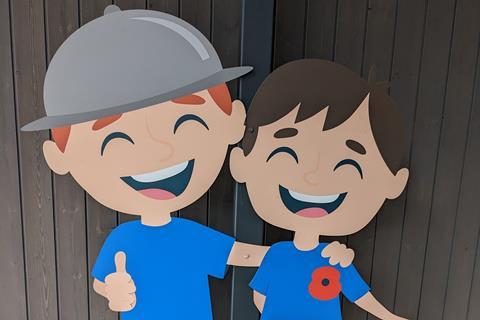
And so, the Hooge Boys were created. The boys made YouTube videos taking thousands of viewers around the museum, teaching them about the various objects and stories of World War One.
Today children can follow in the Hooge Boys’ footsteps when they visit the private museum. There are packages for primary and secondary groups. The museum has also opened The Front Eye exhibition with a platform allowing you to look out over Hill 62, Hill 60, the Hooge Crater cemetery and the Kemmelberg.

The Front Eye aims to link the museum, the landscape and the cemetery; you get a fantastic view from the height in the museum - particularly of the Hooge Crater Cemetery. The museum’s location, right on the front line, was immensely important during the four-year war. Described as the ‘hottest place on earth’ from October 1914 to September 1918, it witnessed a devastating mine blast in 1915 - which was later symbolically translated into a big white circle at Hooge Crater Cemetery.
For the first time, visitors have this unique perspective on the landscape and how minimal height differences determined how the war progressed. It’s one of many powerful reminders of how the landscapes in Flanders were changed forever by World War One.
Teachers and EVCs can find out more about the themed year at visitflanders.com





